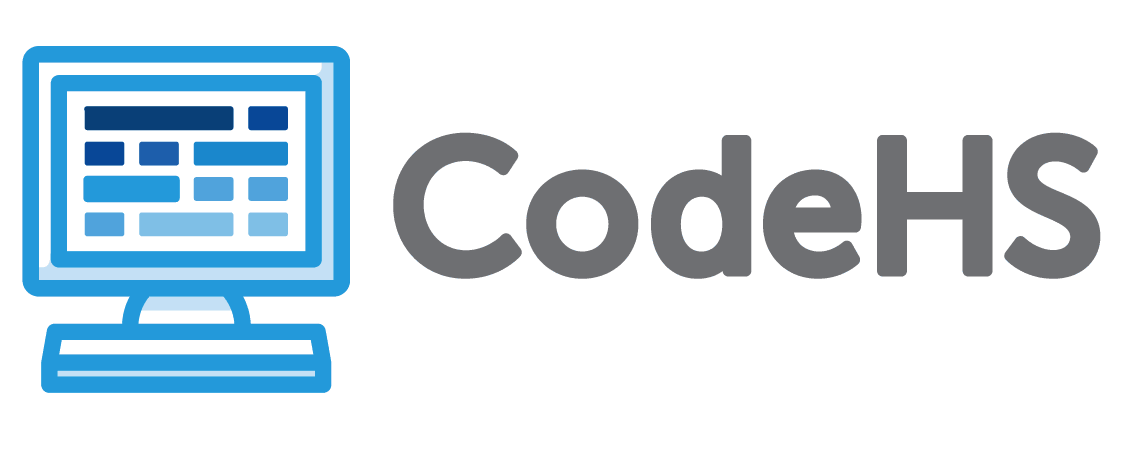| 130.305.1A |
identify and demonstrate work behaviors that enhance employability and job advancement such as regular attendance, promptness, attention to proper attire, maintenance of a clean and safe work environment, appropriate voice, and pride in work |
Lessons
|
| 130.305.1B |
identify and demonstrate positive personal qualities such as flexibility, open-mindedness, initiative, listening attentively to speakers, and willingness to learn new knowledge and skills |
Lessons
|
| 130.305.1C |
employ effective reading and writing skills |
Lessons
|
| 130.305.1D |
employ effective verbal and nonverbal communication skills |
Lessons
|
| 130.305.1E |
solve problems and think critically |
Lessons
|
| 130.305.1F |
demonstrate leadership skills and function effectively as a team member |
Lessons
|
| 130.305.1G |
identify and implement proper safety procedures |
Lessons
|
| 130.305.1H |
demonstrate an understanding of legal and ethical responsibilities in relation to the field of IT |
Lessons
|
| 130.305.1I |
demonstrate planning and time-management skills such as project management, including initiating, planning, executing, monitoring and controlling, and closing a project |
Lessons
|
| 130.305.2A |
select and research a specific job area with its accompanying duties and tasks |
Lessons
|
| 130.305.2B |
formulate a personal career plan along with the education, job skills, and experience necessary to achieve career goals |
Lessons
|
| 130.305.2C |
develop a resume |
Lessons
|
| 130.305.3A |
demonstrate effective verbal and written communication skills with individuals from varied cultures such as fellow workers, management, and customers |
Lessons
|
| 130.305.3B |
complete work orders for repair and installation |
Lessons
|
| 130.305.3C |
estimate supplies, materials, and labor costs on installation, maintenance, and repair work orders |
Lessons
|
| 130.305.3D |
interpret technical documentation such as schematics, drawings, charts, diagrams, technical manuals, and bulletins |
Lessons
|
| 130.305.4A |
explain digital and analog electronics theory |
Lessons
|
| 130.305.4B |
demonstrate knowledge of binary in relation to Internet Protocol (IP) addressing |
Lessons
|
| 130.305.4C |
distinguish the differences between a data packet and voice communications |
Lessons
|
| 130.305.4D |
define the layers and functions of the Open System Interconnection model |
Lessons
|
| 130.305.4E |
explain Transport Control Protocol and IP fundamentals, including subnetting |
Lessons
|
| 130.305.4F |
distinguish between public and private networks |
Lessons
|
| 130.305.4G |
describe the standards and operations of wireless technologies in telecommunications and data networks |
Lessons
|
| 130.305.4H |
differentiate between types of networks |
Lessons
|
| 130.305.4I |
identify national standards for data communication |
Lessons
|
| 130.305.4J |
identify the potential benefits and problems for the future of telecommunications and data networking |
Lessons
|
| 130.305.5A |
demonstrate understanding of components of telecommunications and data networks |
Lessons
|
| 130.305.5B |
identify major network operating systems |
Lessons
|
| 130.305.5C |
distinguish between different types of cables used in the telecommunications and data networking |
Lessons
|
| 130.305.5D |
describe telecommunications and data networking media and connectors; |
Lessons
|
| 130.305.5E |
differentiate among computer network topologies |
Lessons
|
| 130.305.5F |
explain the distinction between connectionless and connection transport |
Lessons
|
| 130.305.5G |
explain the use of Transport Control Protocol and IP utilities |
Lessons
|
| 130.305.5H |
explain how to test, validate, and troubleshoot IP connectivity |
Lessons
|
| 130.305.5I |
identify good practices to ensure network security |
Lessons
|
| 130.305.6A |
analyze various types and components of networks |
Lessons
|
| 130.305.6B |
analyze the characteristics of networks to select the optimum configuration for an industry solution |
Lessons
|
| 130.305.7A |
produce planning documentation required prior to network implementation |
Lessons
|
| 130.305.7B |
explain the impact of environmental factors on computer networks |
Lessons
|
| 130.305.7C |
identify common peripheral ports and common network components such as hubs, routers, and switches |
Lessons
|
| 130.305.7D |
develop an addressing scheme, including a subnetting chart |
Lessons
|
| 130.305.7E |
specify the tools that are commonly used to resolve network equipment problems |
Lessons
|
| 130.305.7F |
identify vendor testing documentation such as patches, fixes, and upgrades |
Lessons
|
| 130.305.7G |
demonstrate standard backup procedures and backup media storage practices |
Lessons
|
| 130.305.7H |
identify the factors that might affect performance in a network environment such as logic or frequency spectrum interference |
Lessons
|
| 130.305.8A |
develop a written disaster recovery plan |
Lessons
|
| 130.305.8B |
develop a written preventive maintenance plan |
Lessons
|

